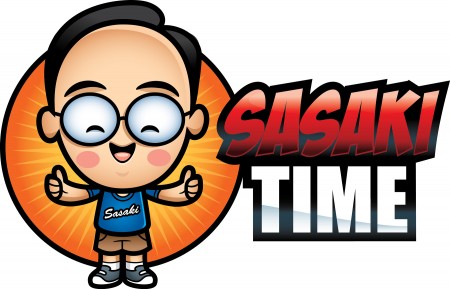Monday, March 19, 2012
Military Intelligence Service - Human Secret Weapon: Trailer
A secret unit of the U.S. Army during World War II, the Military Intelligence Service (MIS) was almost comprised of Nisei, second generation Japanese American, military men who had pledged absolute allegiance to the United States at a time when most were facing social and political inequalities. Braving the many prejudices brought against them, Nisei soldiers of MIS had to fight against Japan, their parents’ homeland, and proved their patriotism to the country that had caged their families in the internment camps. During the war, the MIS was successful in persuading the surrender of Japanese troops and helping many civilians to avoid the path of suicide that would otherwise have been taken. They would go on to play a crucial role in expediting Japan’s recovery following Japan’s formal surrender in 1945. About 3000 MIS soldiers during the war and about 3000 served during the Japan occupation. Despite their contributions and achievements during the war, information regarding the MIS remained top secret and classified by the government until Executive Order 11652 was issued in 1972, which began the official process of declassifying documents of national security information and materials. However, many MIS veterans keep silent even after that.
This film will explore an untold chapter in Japanese American history and have the audience think about the values of “Peace”. It describes how the MIS contributed to America’s victory and to Japan’s recovery after the World War II ended. This film is the third and final installment of the trilogy centered on Japanese American history during WWII, following “Toyo’s Camera – Japanese American History during WWII” (2008) and “442: Live with Honor, Die with Dignity” (2010). Both films were widely appraised in the U.S. and Japan releases and have since captivated the minds and hearts of many.
The film’s staff consists of the same members who produced the previous two films, led by veteran filmmaker Junichi Suzuki and Golden Globe Award-winning musician Kitaro.
Many MIS veterans are now in their 90’s, much older than those who served with the 100th /442nd teams during the war. Realizing that this may be the last opportunity for them to tell their stories, there was a heightened sense of urgency in making this film.
There were Nisei known as Kibei in MIS, who had been born in the United States and educated in Japan, and later they returned to the United States leaving their siblings in Japan who were still in school. Some of Kibei had siblings who had entered the Japanese military. As the soldiers of enemy countries, they had to fight each other. As a result, families were torn apart and some siblings became no longer friends as they used to be.
This film aims to illustrate and convey to the audience what it means to love you country, the contradiction involved in war, the perils of discrimination, and the importance of preserving peace.
Filming began in Washington D.C. We interviews MIS veterans, former United States Secretary of Transportation Norman Mineta and many other who have important roles in Japanese American community.
The midway point between Japan and the United States, the Hawaiian Islands are one place where the cultures of both countries coexist. We interviewed many energetic Japanese American veterans, including Senator Daniel Inouye (veteran, 442nd RCT) and Former Government George Ariyoshi (veteran, MIS). Hawaii is also home to Jake Shimabukuro, who is known for his skill with the traditional Hawaiian Ukulele and is credited with keeping the legacy of Nisei soldiers during World War II alive through his music.
Upon arriving in Japan two weeks following the magnitude 9.0 earthquake that shattered the country and took the lives of many, our film crew was devastated to see a Japan in ruins. It was one that, as many MIS veterans would later agree, had not been seen since the war ended. In the face of mounting grief and challenges, the Japanese people remained strong, calm, and hopeful, much like they had during the post-war period. In the years that followed, the MIS had successfully helped rebuild the country and its relations with the world. Most importantly, the MIS would work to ultimately strengthen Japan’s bond with its former enemy, the United States.
We visited the Presidio in San Francisco where the original Military Intelligence Service Language School (MISLS) was started. In MISLS, Japanese language was taught to the students to train them to be MIS soldiers. We went to the Camp Tracy, a top-secret interrogation center during the war, where wiretapping operations were performed on Japanese prisoners in contravention of the Geneva Conventions.
In Los Angeles, the film crew would meet Kibei brothers who were MIS veterans. During the war, they had fought as enemies against their younger brothers who had joined the Imperial Army. A veteran admitted that the feelings of pain that he had carried with him even after the war ended.
The film crew has interviewed nearly 80 people during the process of making this film. It is a production that attempts to preserve the legacy of the MIS before it is forgotten.
Subscribe to:
Post Comments (Atom)

No comments:
Post a Comment